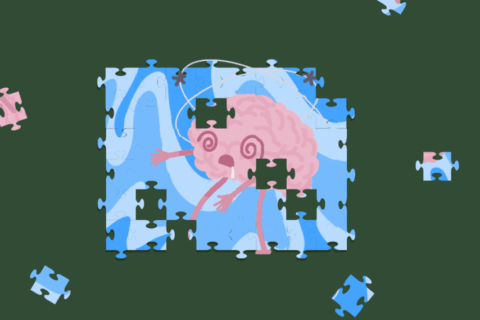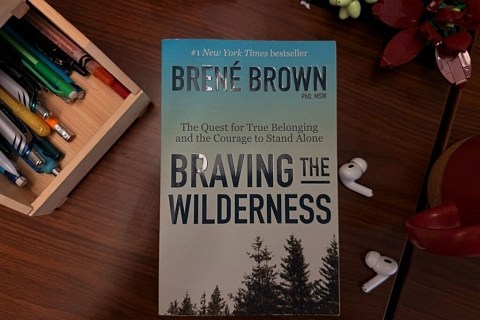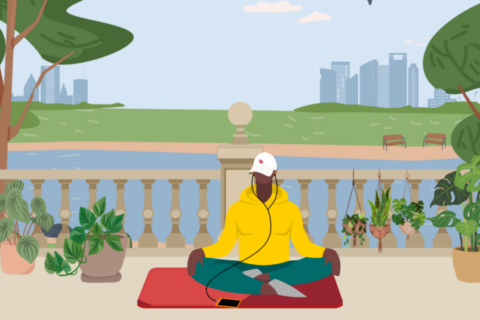As someone whose journey with their sexuality took years to complete, it wasn’t until recently when I realized I was completely clueless when it comes to queer sex ed and that what I was taught before high school was essentially useless.
In fifth grade, I remember being sent to a room with just girls where we learned about what happens if you get pregnant; it’s all your fault and your life is ruined. Yes you can get pregnant, but that pretty much sums up the accurate information I was taught by my school.
While I don’t remember much of what I was taught in middle school, I do remember that we were once again taught about bad things that happen when you have sex, and why to not do it.
I was never taught anything about queer sex in school, not even the most basic aspects of it. An article from US News shows that only seven states and the District of Columbia require LGBTQ-inclusive sex education, and only 30 states mandate any type of sex education.
“This type of education is important to provide because LGBTQ+ youth are at a higher risk of contracting STIs than their cis-het counterparts due to the lack of discussion surrounding sex with diverse bodies,” Youth Services Specialist at the Montrose Center, Kyra Hill, said.
If LGBTQ+ sex education had been taught, or even just briefly mentioned, it would have opened my eyes earlier and allowed me to become more comfortable in my identity sooner. For LGBTQ+ identifying students who had had to sit through being taught hetero sex education, the information they learned didn’t benefit them whatsoever.
I didn’t have my first official date with someone who wasn’t a guy until May of last year. While my emotions finally fit into place and made sense, it didn’t take long for me to realize I had absolutely no knowledge of how to initiate something or what relationships were supposed to look like.
Once I got to college, I started venturing out more and became more open to dating, yet still cautious about who I let into my life. When I felt comfortable enough in my lesbian identity and finally did start dating, I had a complete breakdown because of how little I knew about queer relationships in general. There’s more involved than just emotional connection and conversations.
Media such as TV shows and movies just added to that, because everything I’d seen was so insanely unrealistic and set unreachable expectations. Reaching out to friends more experienced than me and consulting trusted websites, I managed to find helpful information that clued me into things I wish I was taught and knew sooner.
Porn, specifically lesbian porn, is catered more towards the male gaze and shows little of the actual acts performed. This warps lesbians’ perspective of sex, as it’s frequently viewed as a way to please men instead of the people involved.
One of the most important things when it comes to any kind of sex is protection. What I had been taught in school was that you only need protection if you are trying to prevent pregnancies, but that isn’t an issue in a decent percentage of queer relationships. However, protection is still needed when it comes to same-sex relationships in order to prevent sexually transmitted diseases, sexually transmitted infections, and any other form of diseases.
As I researched, I found an article from Healthline that details different kinds of protection recommended for same-sex relationships. Dental dams, both outside and inside condoms, finger cots and more can all protect you and your partner from a STD or STI. The main form of protection I was unaware of was dental dams, as I never thought about needing that form of protection.
Although there is no risk of pregnancy during oral sex, dental dams are the main form of protection used. These act as a barrier in order to prevent STIs and are overall a safe and vital option when it comes to protecting you and your partner.
The CDC has an article covering STDs and sexual health between gay and bisexual men, which details ways to prevent the spread of STDs and how dangerous they can be.
Condoms are always recommended and there are vaccines available to protect against Hepatitis A, Hepatitis B, and HPV. They also encourage regular conversations with your partner about sexual health and STD testing.
While there’s an online surplus of information regarding queer sex education, it would be more beneficial to the new generation of queer youth if more information was given in junior high or middle school. There’s more information to be both learned and taught, but this basic information acts as a short guide to queer sex safety and health.





Recent Comments